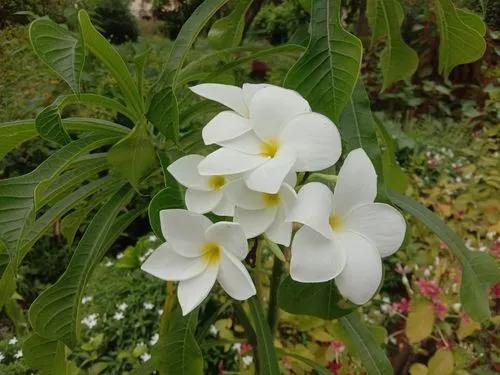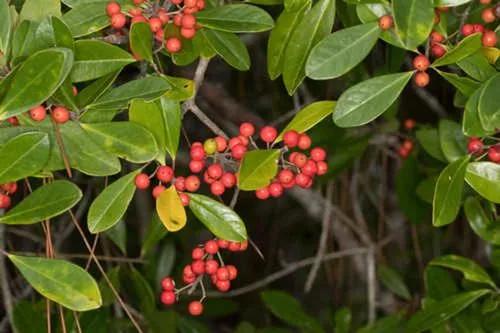Quercus falcata, also called southern red oak, spanish oak, bottomland red oak or three-lobed red oak is an oak (part of the genus Quercus). Native to the southeastern United States, it gets its name the "Spanish Oak" as these are the areas of early Spanish colonies, whilst "southern red oak" comes from both its range and leaf color during late summer and fall. The southern red oak is a deciduous angiosperm, so has leaves that die after each growing period and come back in the next period of growth.
Southern Red Oak Care
Quercus Falcata



Quercus falcata is a medium to large-sized deciduous tree 25–30 meters (82–98 ft) tall, with a few forest grown specimens on highly productive sites reaching 35–44 meters (115–144 ft), with a trunk up to 1.5 meters (5 feet) in diameter, the crown with a broad, round-topped head.
The leaves are 10–30 cm (4–12 in) long and 6–16 cm (2 1⁄4–6 1⁄4 in) wide, with 3 to 5 sharply pointed, often curved, bristle-tipped lobes, the central lobe long and narrow; the small number of long, narrow lobes is diagnostic, readily distinguishing southern red oak from other red oaks. The base of the leaf is distinctly rounded into an inverted bell shape and often lopsided. They are dark green and shiny above, and rusty and hairy below, particularly along the midrib and veins.
The seed is a short acorn 9–16 mm (11⁄32–5⁄8 in) long, bright orange-brown, enclosed for one-third to half of its length in a flat cup. The acorn matures at the end of its second season. The bark is dark brownish gray with narrow, shallow ridges.[4]
Southern red oak has been reported to form occasional hybrids with several other red oaks in the region. the southern red oak is cultivated in eastern United States in USDA Zone 5a to USDA Zone 9b can survive lows from -23°c to -28.8 °C (-10°f to -20 °F) and highs of 38° C (100° F)
How to Care for the Plant

Popularity

432 people already have this plant 30 people have added this plant to their wishlists
Discover more plants with the list below
Popular articles






